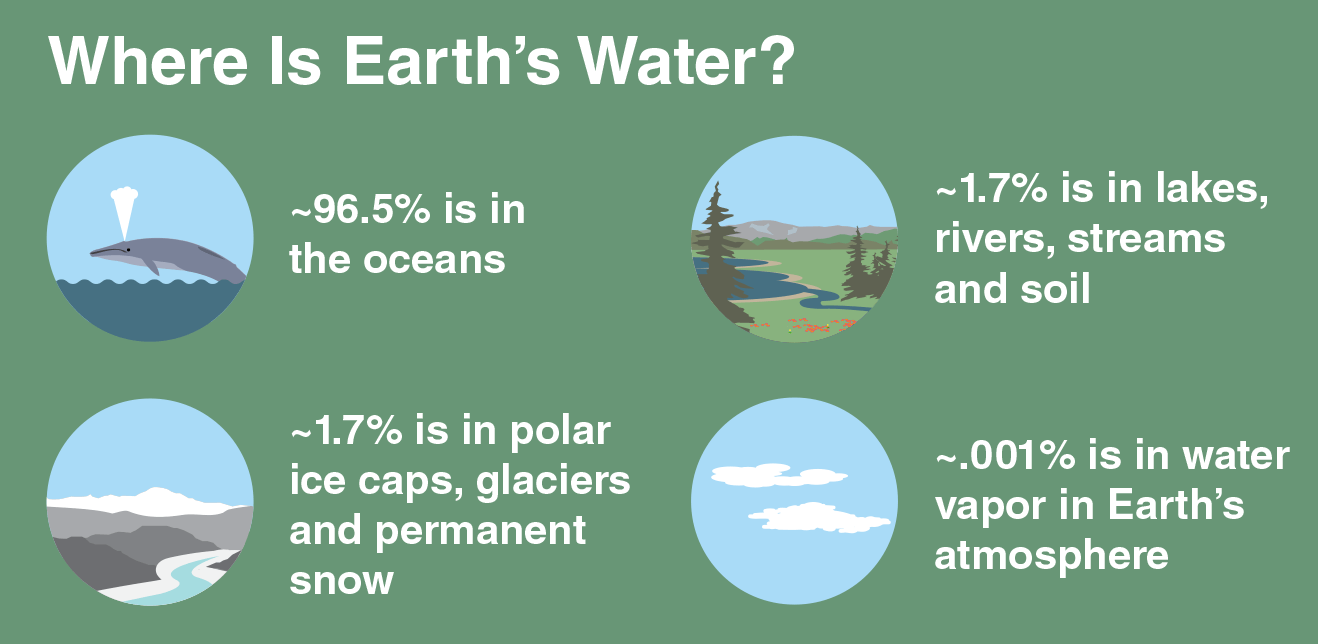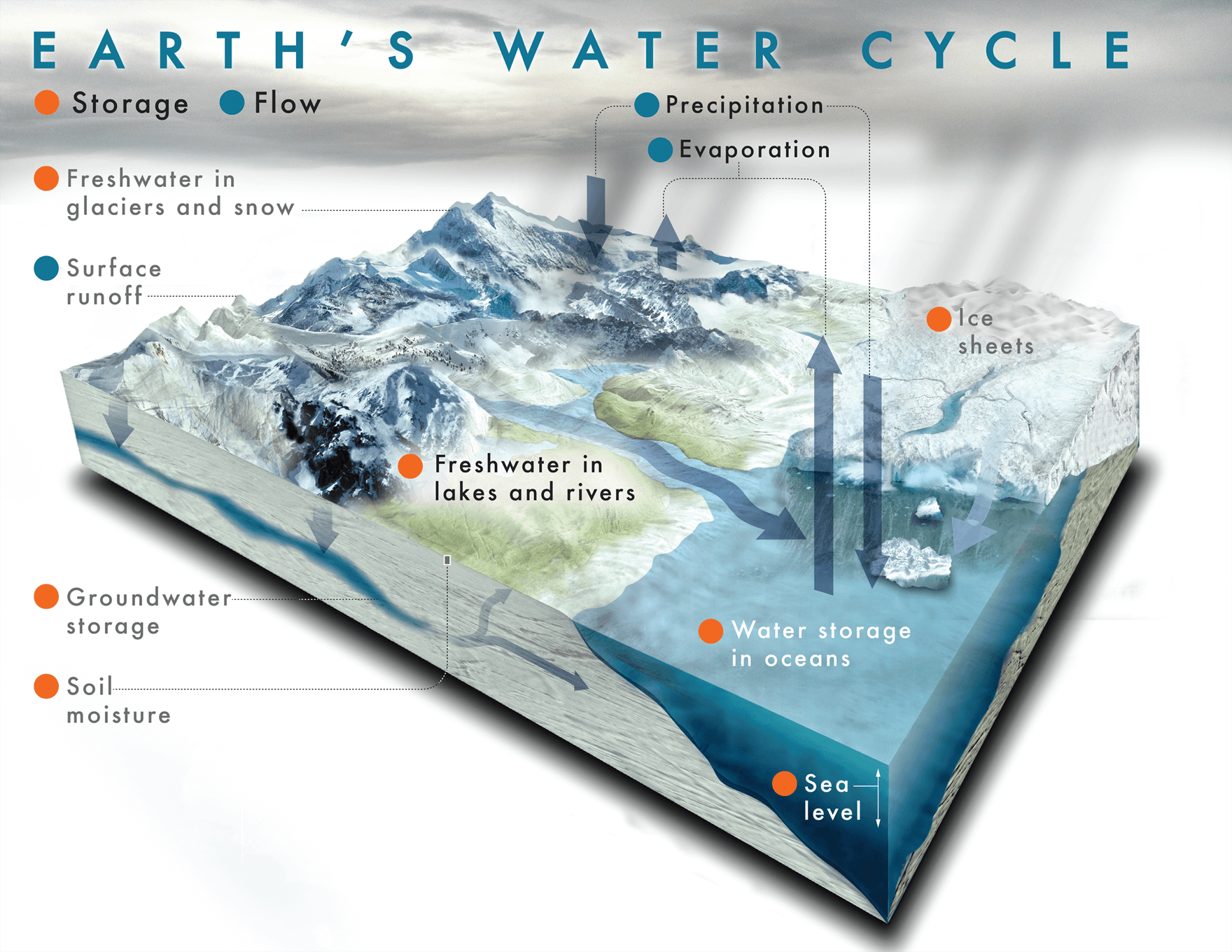Aim: To learn practical ways of recycling so that we can make our world a better place.
Plastics: Recycling plastic help us to avoid the air pollution because we don't need to burn them, instead we can make a new thing from this things.
Paper: We can make new things from the paper and avoid cutting down the trees.
Steel: We don't need to burn a coal and avoid the carbon dioxide.
Video questions:
What is Zero Waste?
What can we do on the planet?
Plastics: Recycling plastic help us to avoid the air pollution because we don't need to burn them, instead we can make a new thing from this things.
Paper: We can make new things from the paper and avoid cutting down the trees.
Steel: We don't need to burn a coal and avoid the carbon dioxide.
Video questions:
What is Zero Waste?
What can we do on the planet?
- Instead of throw at the trash the broken appliances we can repair it so we can use it again.
- Recycling the plastics from the trash to make new things and new products.
- Instead of putting the organics on the trash we can put it on the soil because they helping the soil t be more healthy for the plants.
- Put the right rubbish at the right rubbish bin to avoid the carbon dioxide on the air.
- Make Plants.
- Have Zero Waste.
How can you make your Carbon Footprint smaller?
ENERGY SAVING TIPS FILM
- Turning off the lights when there is no one using it and turn it off when you are sleeping.
- Put the rubbish at the right rubbish bin so the thing that we can recycle, organics is on the same rubbish bin.
- Reduce playing some video games to reduce the electricity that we are using every day.
How can we prevent climate change though recycling these products?
Cycling or walking: We don't need to use a car every time we need to buy something specially if the store is just to our house and the we can avoid the dirty smoke that coming from the cars.
One of the quickest ad cheapest ways a community can immediately reduce climate impact.
What do we need to recycle?
We need to recycle the plastics and the other rubbish that we can use to make new things or the things that we can't burn to avoid a pollution on the air and the water.
What does recycling do?
It reduce pollution, help to avoid habitat distraction, reduce the carbon dioxide and we can do new product using plastic bottles and any kind of rubbish that we can recycle.
How much of our rubbish is food scraps?
We have 42% of our food rubbish is food scraps.
What does soil do to carbon dioxide in the atmosphere?
It help us to reduce carbon dioxide.
What do we need to do?
We need to learn how to do recycling because recycling is have big contribute for us to avoid the climate change.
Name 4 of the tips.
www.footprintcalculator.org/signup

AT WHAT RATES DO DIFFERENT ITEMS DECOMPOSE?
MY INVESTIGATION.
Name:
Name:
- Aluminim can
- Platic bottles
- Milk carton
- Plastic bag
- Glass bottle
Choose 5 items from the list and investigate them.
You need to answer three questions.y
1. How long do they take to decompose?
- Aluminum can take 200-400 years before it become decompose.
- Plastic bottles takes 400-500 years before the decomposition
- Milk carton takes almost 5 years before is decompose.
- Plastic bag takes 10-20 years if decomposition.
- Glass bottle takes 500 years but because it makes of glass there is a possibility that it can't be decompose.
2. What resource / fossil fuel are they made from?
- Aluminum can are made by metal, iron and coal.
- Plastic bottles have a fossil fuels like liquid petroleum gases, natural gas liquid and natural gas.
- Milk carton are made of paperboard, coated by waterproof plastic.
- Same as plastic bottles plastics bags is made of liquid petroleum gases, natural gas liquid and natural gas.
- Glass bottle is also made of natural resources like silica sand and limestone.
3. How is this resource recycled?
- It then goes through a re-melt process and turns into molten aluminium, this removes the coatings and inks that may be present on the aluminium.
- We can recycle them by melting the plastic bottles and make to anew products that we can sell to earn an money.
- They are separated from other types of paper and sent out to paper mills, which turns them into new products.
- They can be melted down and used to create new batches of plastic bags.
- Glass is sorted by colour and washed to remove any impurities. The glass will be then crushed and melted, and then be molded into new products.
4. How does making this object contribute to climate change?
- If we melt a aluminum can this is going to produce a different gases that will help the temperature become hotter.
- Burn plastics bottle will cause of the air pollution so if we can recycled it we need to do it so we can use them and to avoid a air pollution.
- They don't contribute to climate change. But the dairy cows and their manure produce gas emissions, which contribute to climate change.
- Like the plastic bottles if we burn it it's the cause of the air pollution.
- While recycling glass and get emitted during the production of glass. The materials can contribute to acidification.




